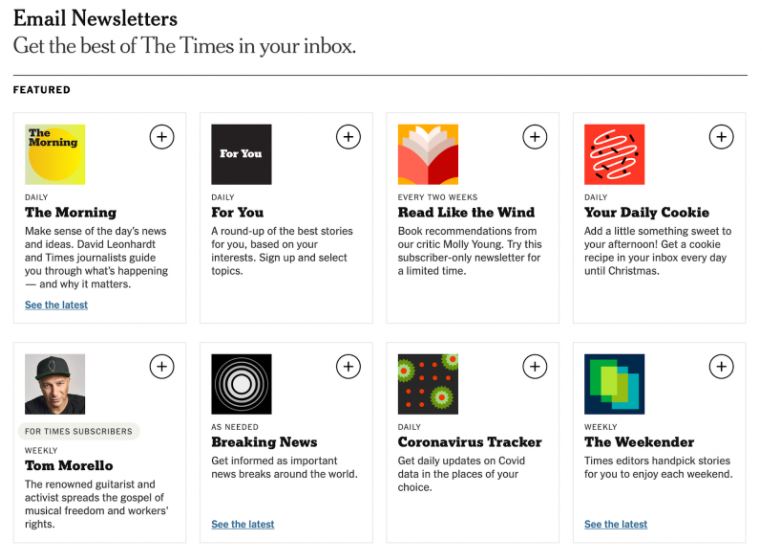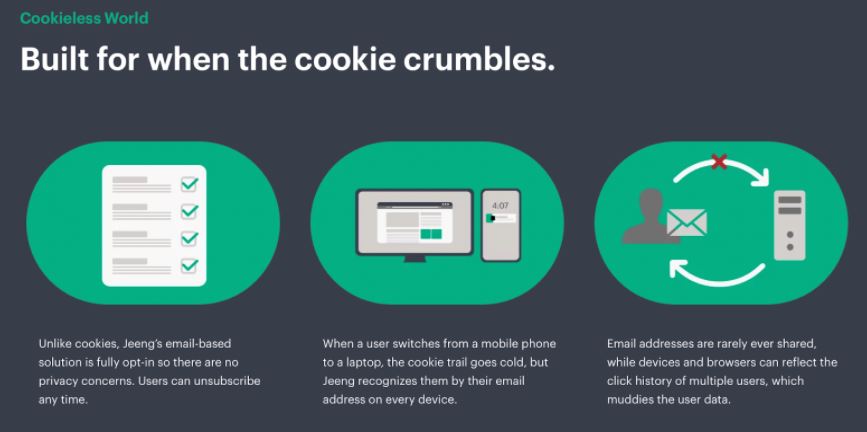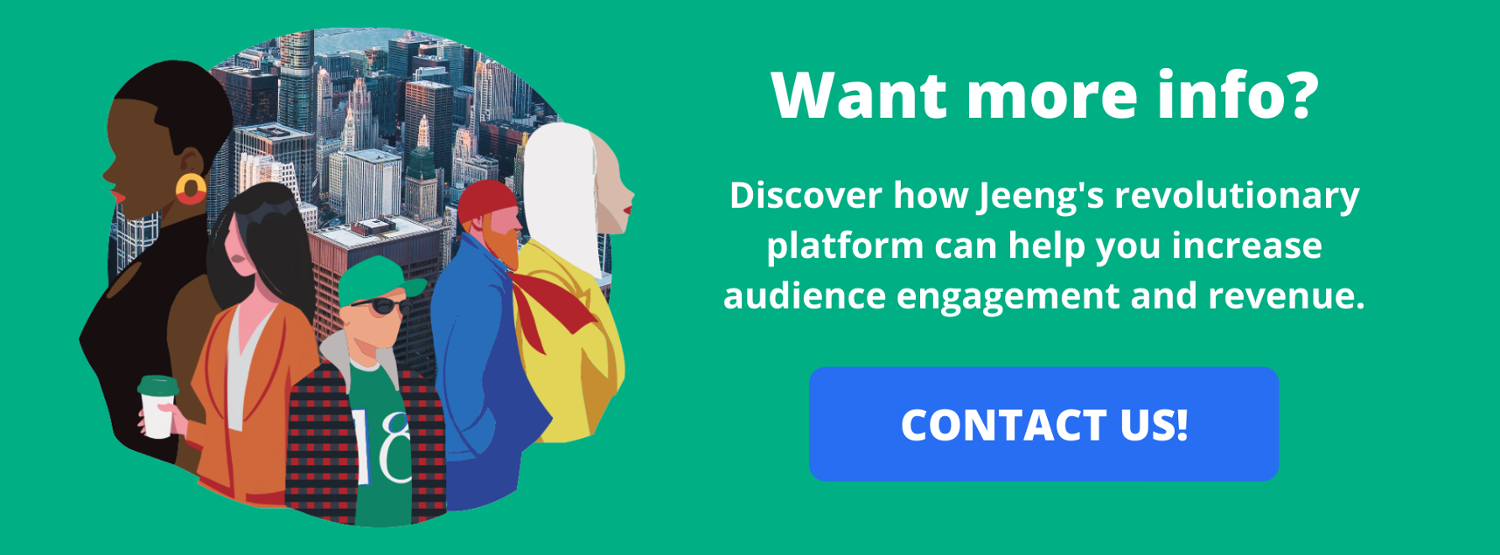Let’s say you’re throwing a party.
Aside from getting the chips, drinks, cups, ice, and music ready, you have to get those invitations sent out. People need to know the who, what, when, where, why and how of this event!
Now let’s say this isn’t just any party — it’s a first-party data party (the best kind, obviously). And time is running out to start planning because third-party data is going away, leaving a vacuum in its place and forcing first-party data to the forefront.
So, in that case, let’s start hashing out the details of this shindig and really figure out what we need for a successful first-party data party…

WHO is invited?
First off, the guest list. Publishers’ and marketers’ attendance isn’t just encouraged — it’s mandatory. That is, if these businesses want to survive the death of the third-party cookie.
They’re not the only ones, however. Consumers are also invited to the first-party data party, since they’ll be able to enjoy new opportunities for improved data privacy and personalized marketing experiences.
WHAT will go down?
Publishers and marketers will have to find ways to collect first-party data from across channels and build it into their audience targeting strategies.
Now, what is first-party data?
It’s information that businesses collect through direct relationships with customers.
The email address, for example, is a valuable piece of first-party data. A user can provide it willingly by signing up for a newsletter, starting a membership, or creating an account. And a business can then use it to build audience segments based on interests and preferences, and send personalized content and product recommendations directly to those customers, like The New York Times does with its newsletter offerings:

WHEN will it take place?
ASAP! Google initially announced that third-party cookies would be disabled across its Chrome browsers by 2022. But then the search giant backtracked a bit and pushed off this monumental event to the end of 2023.
While this gives publishers and marketers a bit more time to prepare, those who haven’t already started building their first-party data strategy risk getting left behind. Because this isn’t just a one-day fix (or one-day party, to stick with our extended metaphor); it requires continuously showing up with new ideas and optimizing data collection methods to ensure you’re gathering the most high-quality information that you can leverage across campaigns.
Think about it. Google Chrome browsers account for 64% of online traffic share. If your tried-and-true method of tracking and targeting audiences — meaning, third-party cookies — goes away on Chrome, over half of your audience data will be affected, sending your metrics spiraling.

So, yes, this party is taking place ASAP.
WHERE will it happen?
Across the web! In fact, Safari and Firefox browsers have already disabled third-party cookies. And once you start using first-party data for some of your biggest channels, like your website, you’ll start to unlock even more ways to use it, like for building better experiences on your mobile app, delivering more relevant push notifications, and personalizing ads on newsreader apps.
WHY should people come?
First-party data is superior to third-party and second-party data for a number of reasons, offering many benefits to publishers and advertisers who use it to build better customer experiences.
Specifically, some of the biggest reasons to attend the first-party data party include:
- Owning and operating your customer data. That means you don’t need to go through any walled gardens or intermediaries to access information about your own audiences. That also means that data is free to use as you wish, and you don’t have to fight competitors for it.
- More transparent and accurate tracking. Since people opt in to provide first-party data, you know where it’s coming from and you can vet it yourself. Third-party data, on the other hand, can be risky to purchase and difficult to decode.
- Improved data privacy. When building and launching first-party data acquisition campaigns, businesses can revamp their opt-in processes and terms and conditions, communicating that renewed sense of transparency to customers and promising improved experiences as part of their value exchange.
- Cost efficiency. Third-party data packages can be expensive, and, even if you have the funds to buy one, you still don’t always know what you’re getting. By focusing on first-party data points, you can dedicate your precious resources to gathering and leveraging your own data directly from your audiences.
- Personalizing campaigns across the customer journey. Perhaps most importantly, brands can use first-party data to create unique audience segments and target customers with relevant messaging — ultimately increasing engagements, conversions, and customer lifetime value.
HOW can you get there?
Many solutions have already popped up to help with first-party data collection and activation. Just look at Google’s Privacy Sandbox and The Trade Desk’s Unified ID 2.0. While these tools offer some hope for a first-party future, they’re still being developed and they’re still tied to other companies who are leading the charge.
To truly harness the power of first-party data, it’s best to gather it for yourself on channels like email and push notifications. The problem is that this can take a lot of time. That’s where algorithms and machine learning technologies enter the picture. With an adaptive, AI-based algorithm, you can start sourcing that first-party data at scale and continue to optimize your strategy with automated, real-time insights.
RSVP now!
The first-party data party is sure to be the event of the year — and it’s ongoing! So if you haven’t RSVP’d yet, you’d be wise to do so now. Otherwise you risk missing out on the fun (a.k.a. the ability to acquire, retain, and nurture your customers throughout their journeys).
In fact, that’s why Jeeng exists. We’ve been leading the first-party data party for years, helping publishers and advertisers own and win back their audiences on high-engagement channels like email, web, push notifications, and newsreader apps.

All you have to do is let us know you want to join in.
Ready to future-proof your business with first-party data? Contact us at Jeeng to get started.


